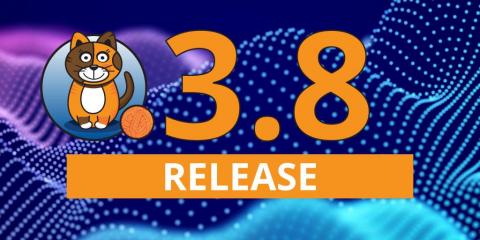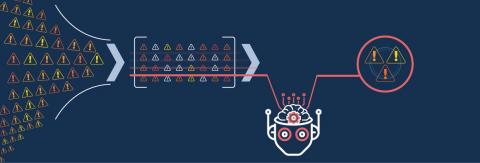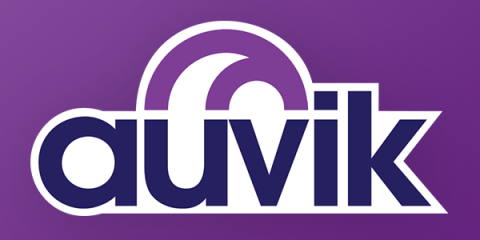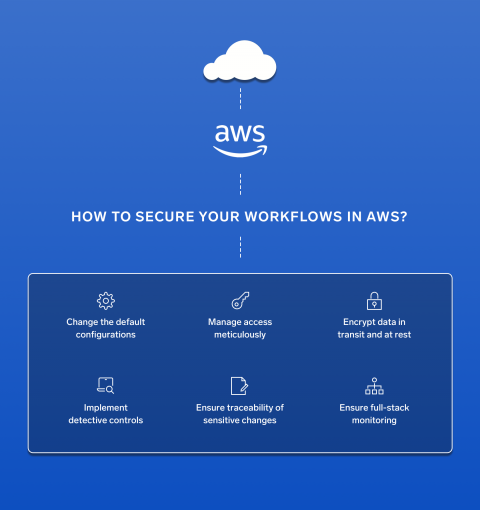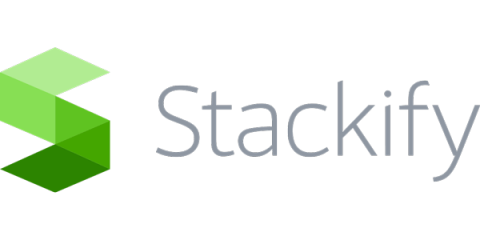What's new in Calico v3.8
We are very excited to announce Calico v3.8. Here are some highlights from the release. You can now view IP address usage for each IP pool using calicoctl. This allows you to more easily manage the IP space in your cluster, providing a simple way to see which IP pools have addresses available and which are running low. See the calicoctl reference documentation for more detailed information on how to use this feature.


